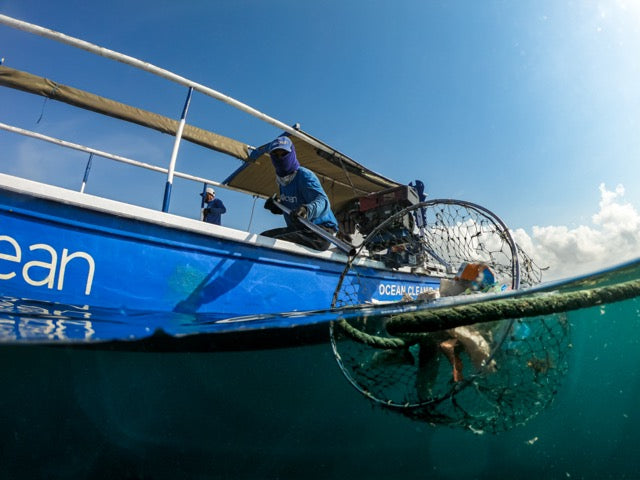5 MIN READ
3-18-2024
"If Everyone Else Uses It,
My Contribution Won’t Matter.”
-Said 8 Billion People
Mikaela Walsh, 4ocean Research Analyst
How many single-use plastic waste items do you use daily, weekly, monthly, or annually? Have you ever considered where this plastic proceeds after you dispose of it?
If every person on Earth used one single-use plastic water bottle that went straight into the ocean, an additional eight billion water bottles would be added to the ocean plastic crisis. Moreover, these 8 billion water bottles would stay in the sea for up to 500 years. Over time, these water bottles would break down into microplastics. As a result, these microplastics will be ingested by animals and potentially even human beings. In truth, single-use plastic is unavoidable in our modern society. Plastic is the leading material used in food packaging; cutting it out entirely would be extremely difficult. For this reason, it is vital to reduce our single-use plastic consumption. Frankly, some of the single-use items are entirely avoidable. However, single-use plastic bags, straws, and water bottles are optional daily. Take a moment and reflect on how many single-use plastic water bottles you have used this past month or even yet in your lifetime.
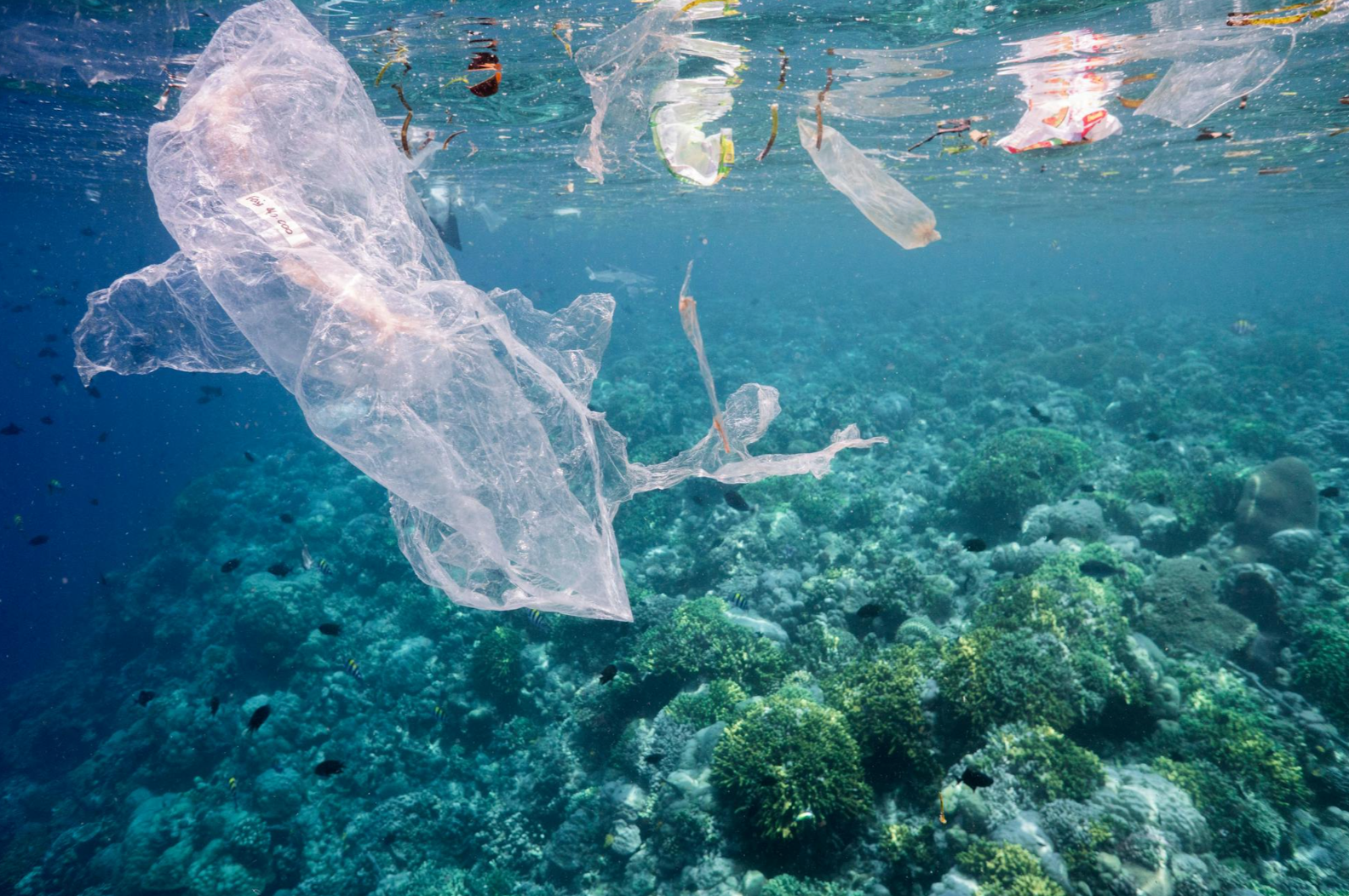
Water Bottles: Single-use plastic water bottles are sold globally and are a very convenient option for immediate drinking water. People who regularly drink from single-use plastic water bottles may consume an additional 90,000 microplastic particles annually. While doing this, you are contributing to the plastic crisis and facing the unknown consequences of consuming plastic. Plastic was not created for the consumption of organisms, and the effects of this are vastly unknown. But scientists know that plastic particles are making their way into humans. One of the most prominent ways this occurs is using single-use water bottles. Each water bottle contains another harmful plastic pollution: the bottle cap. These bottle caps are severely detrimental to wildlife and are one of the most commonly found plastic items recovered from organisms after a necropsy. There are a plethora of alternatives to choose over single-use plastic water bottles. Reusable water bottles or cups are the leading alternative that benefits our ecosystem. Switching from single-use plastic to a reusable alternative can benefit the ocean waters and marine life. By reducing the number of single-use water bottles you use, you are saving the environment and helping yourself against the unknown effects of plastic consumption.

Bags: Single-use plastic bags have severe consequences on marine life in the ocean. For example, Sea Turtles unknowingly fall victim to ingesting plastic bags. Some species of sea turtle's primary food source are jellyfish. Plastic bags and jellyfish look very similar when floating in the ocean currents. As a result, the plastic bag causes digestive blockages. To make matters worse, sea turtles experience the feeling of being ‘full’ when they are starving. Plastic debris contains no nutritional value but carries toxins and pollutants. Plastic bags are one of the most commonly consumed plastic debris items eaten by a wide range of organisms. Manatees, orcas, marine birds, and many more species encounter plastic bag ingestion, leading to harmful effects. When plastic bags are wet, they act like thin, slimy sheets that can get stuck in the animals' airways or intestinal tract. The good news is there are alternatives! Reusable bags are essential when grocery shopping and many stores even sell them at the checkout line for convenience. They can physically hold more while being sturdy and less likely to rip. Reusable and paper bags are much better for the environment and can ultimately save an animal's life.
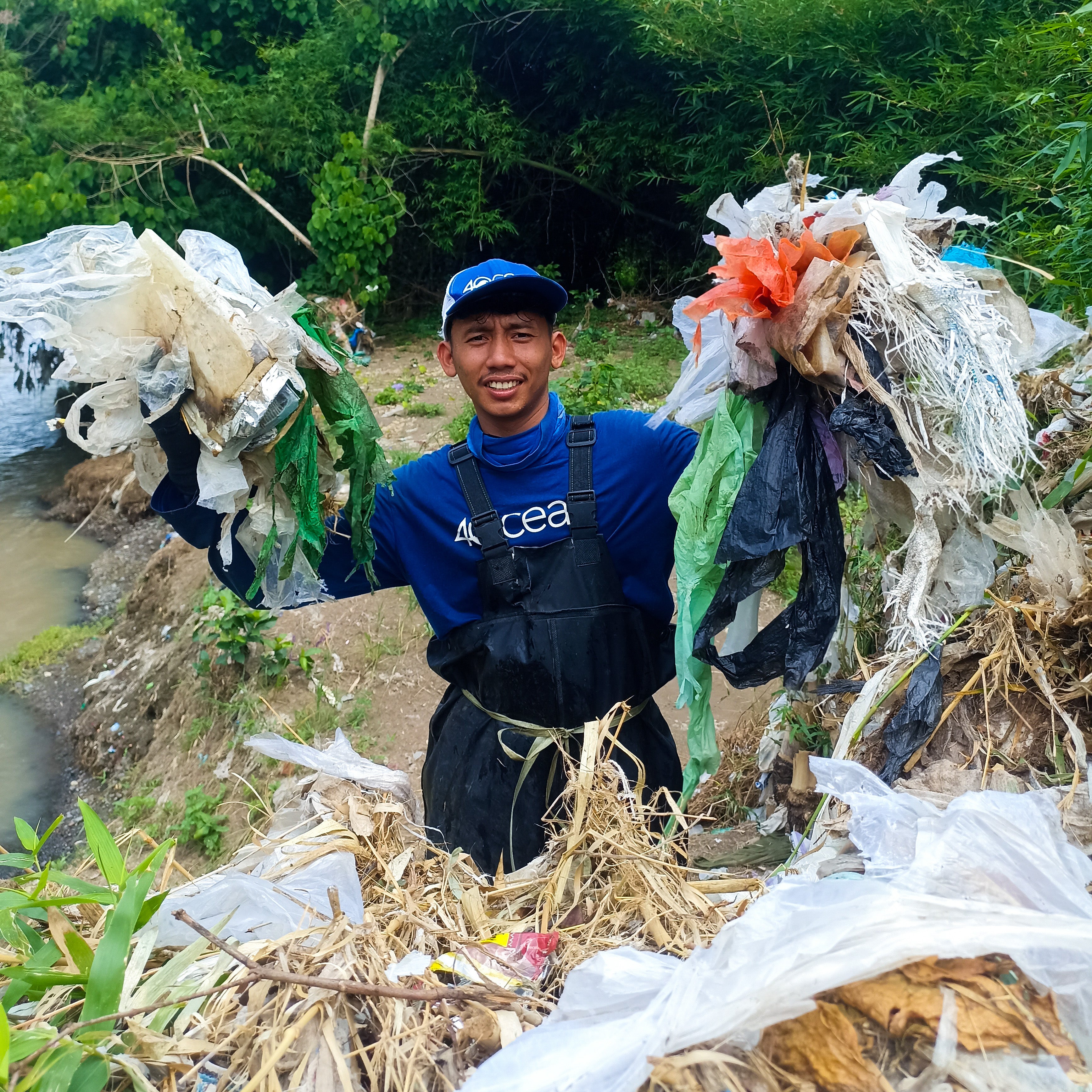
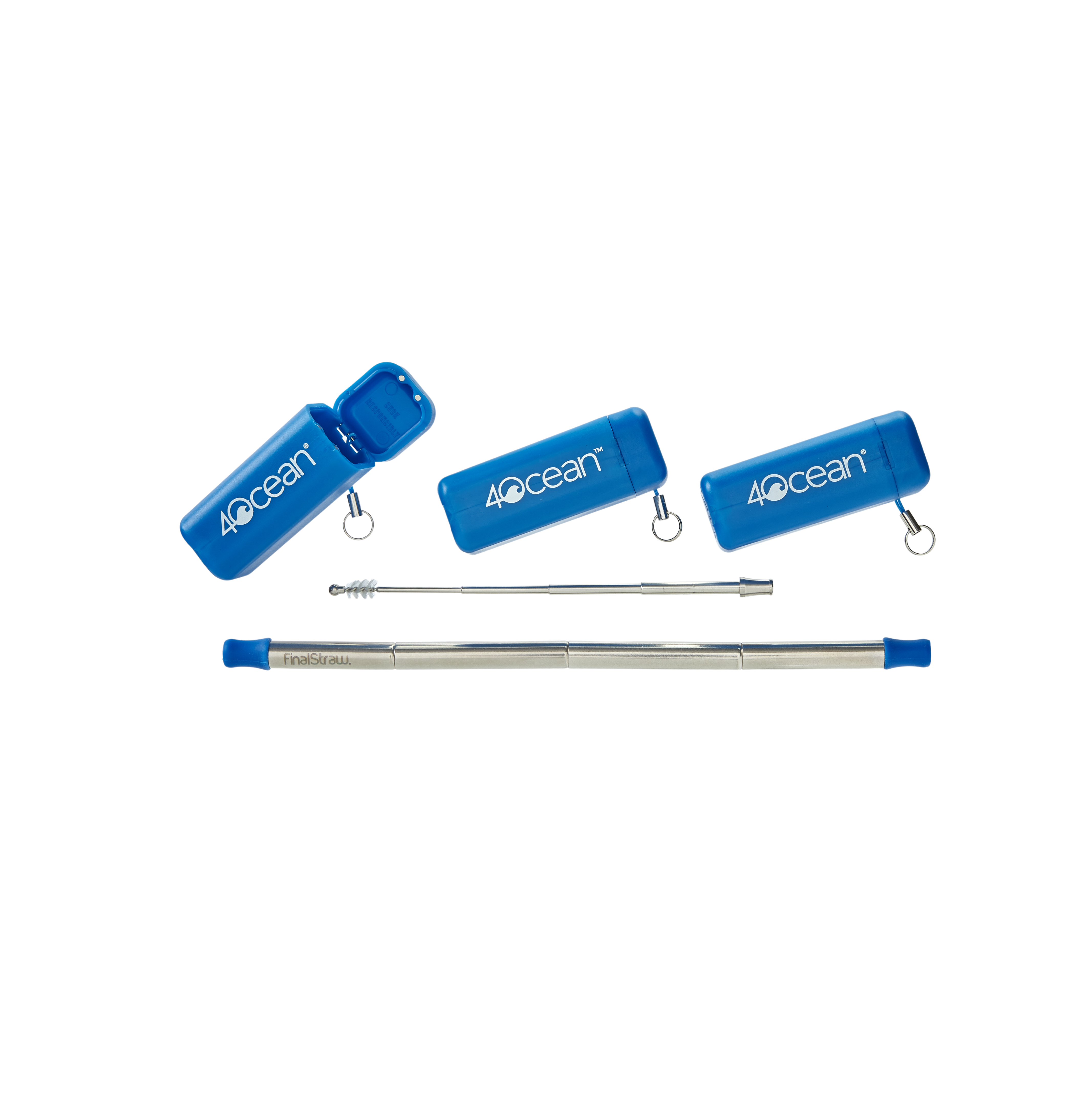
4ocean x FinalStraw Collapsible Travel Straw 2.0
Shop now + Clean the OceanStraws single-use plastic straws have fatal effects on organisms across the ocean. Most straws are composed of polypropylene, which has properties that enable them to float on the top of the sea. This leads to abundant opportunities for diverse marine life to come into contact with them. Single-use plastic straws became a popular talking point when researchers discovered an Olive Ridley sea turtle off the coast of Costa Rica with a 10-centimeter straw stuck in its nose. Thankfully, the crew was able to remove the straw and save this sea turtle. Straws have sharp edges that have been found to cause tears in the intestines and even cause death. Plastic straws account for 7% of the globe’s plastic waste. This is alarming information due to the small size of straws and their unnecessary use. There are noteworthy alternatives to this issue, such as avoiding straws at local restaurants, using a biodegradable item, or using a reusable straw. Single-use plastic straws are unnecessary and have fatal consequences on marine organisms. Was that straw worth the pain and agony of the animal that comes into contact with it?
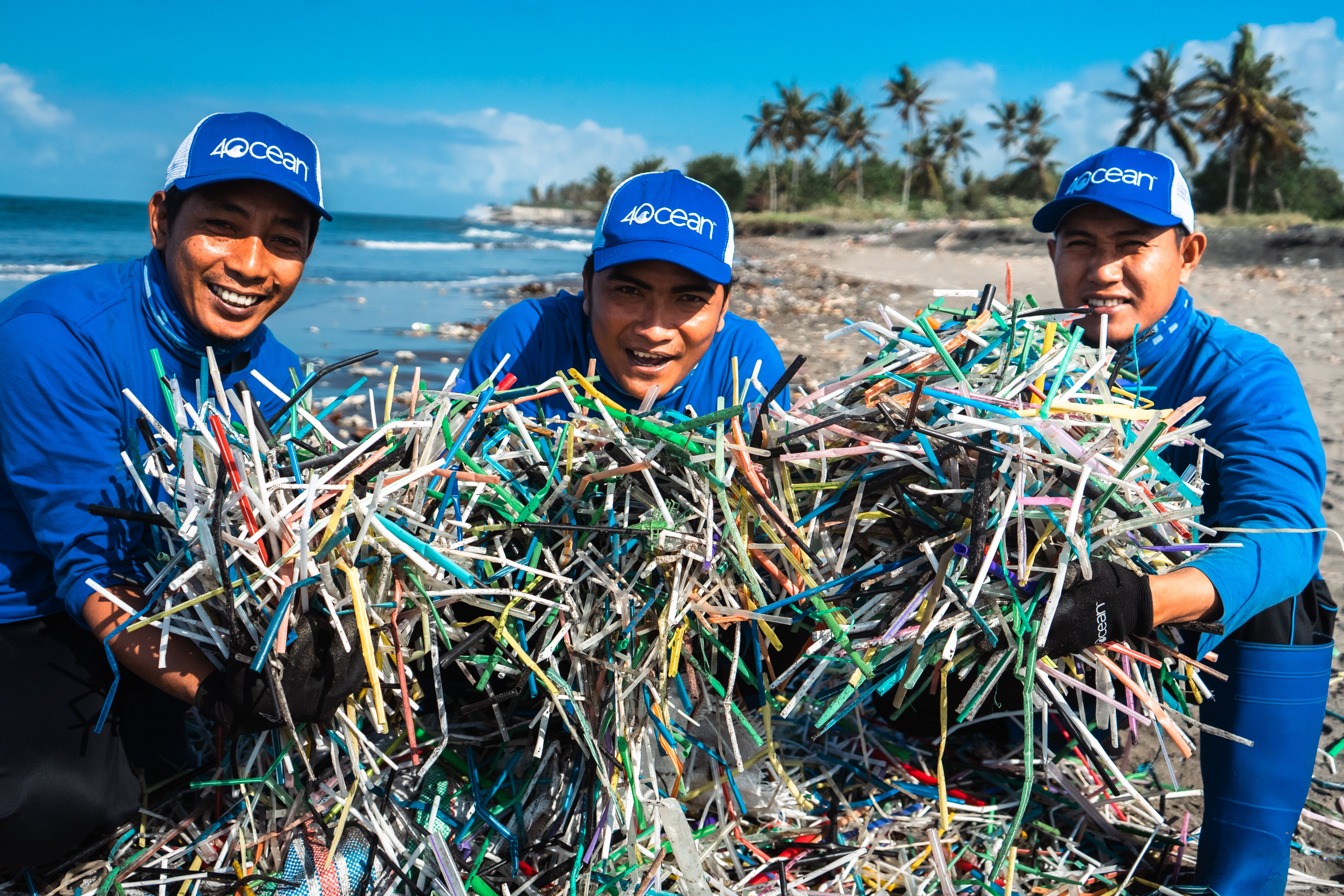
Utensils are commonly used worldwide. Single-use utensils are widely made from polystyrene, which is made from petroleum. These utensils are made from this material due to the ability to bend and shape when heat is added to the polystyrene but turn into a solid material at room temperature. This specific type of plastic can stay on earth for up to 1000 years due to the unique materials used. Once this material starts to break down, it will turn into smaller pieces of plastic waste until it reaches the size of microplastics. It is estimated that more than one hundred million plastic utensils are used daily in the United States alone. This dense plastic causes a substantial amount of plastic pollution across the globe due to the inability to recycle it. Plastic utensils and food containers have been found to release chemicals when heated, like organic pollutants and endocrine disruptors. The good news is that single-use plastic utensils have so many great alternatives. It is crucial to reduce the consumption of single-use utensils by ensuring the availability of reusable silverware. Bamboo or biodegradable single-use silverware is also available.
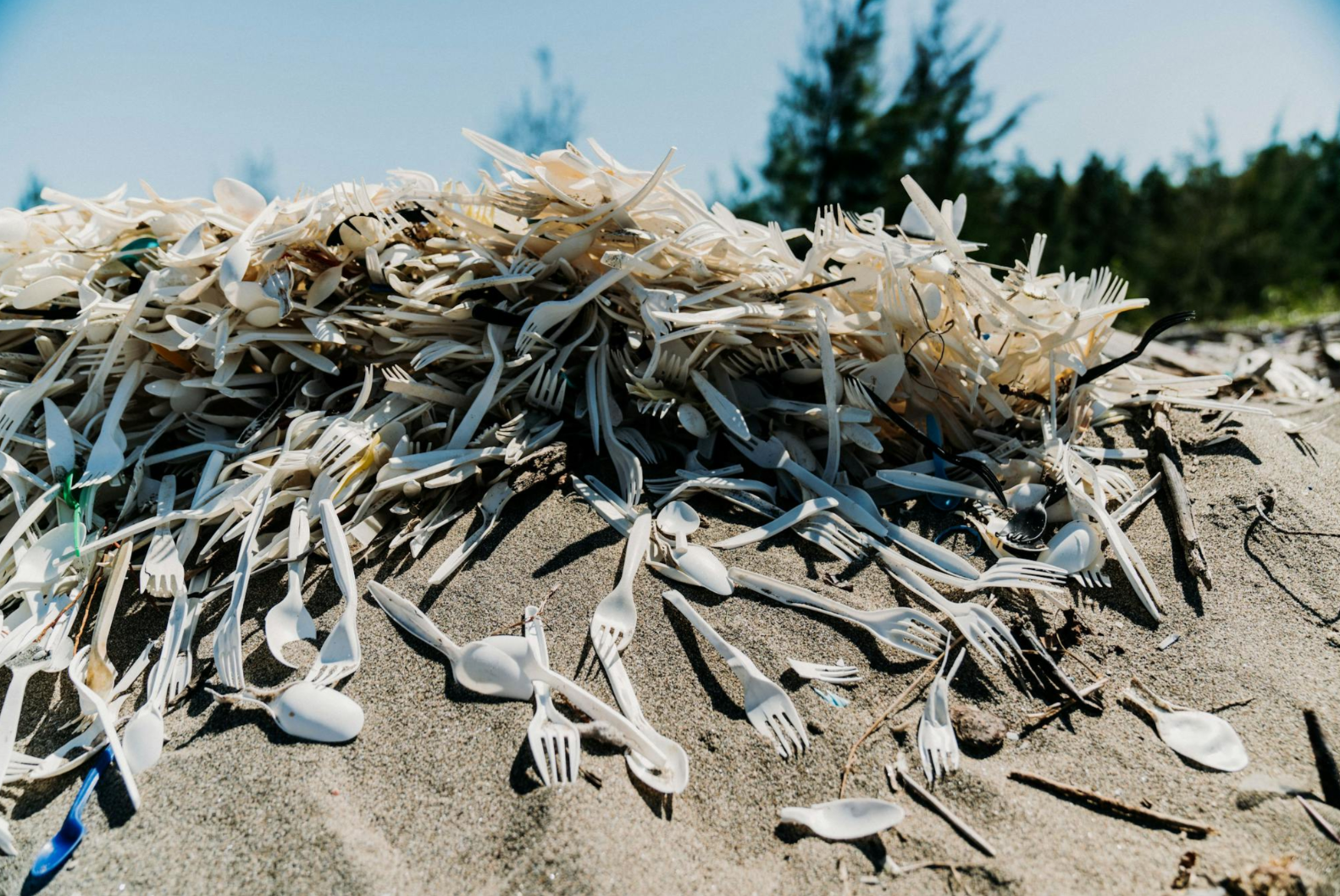
Microbeads are another unnecessary and very toxic product that is entirely avoidable. Microbeads are found in beauty products and are a source of microplastic pollution. Microbeads are tiny, intricate plastic beads that are so small they can pass through any filtration system in our drains and go straight into the open ocean. Scientists estimate that in one tube of face wash, 330,000 microbeads are contained. Before the ban on microbeads in the United States in 2015, approximately 8 trillion microbeads from the United States alone entered our aquatic environment daily. Despite many alternative products, microbeads are placed in beauty cosmetics as an exfoliant tool. These microbeads will continue to break down into nano-plastic particles and get eaten by marine organisms. Microbeads were recently banned in the United States and Europe, along with other countries, but are still for sale in some countries. Ensuring you don’t buy products containing microplastic beads is crucial in helping end the oceanic plastic crisis.
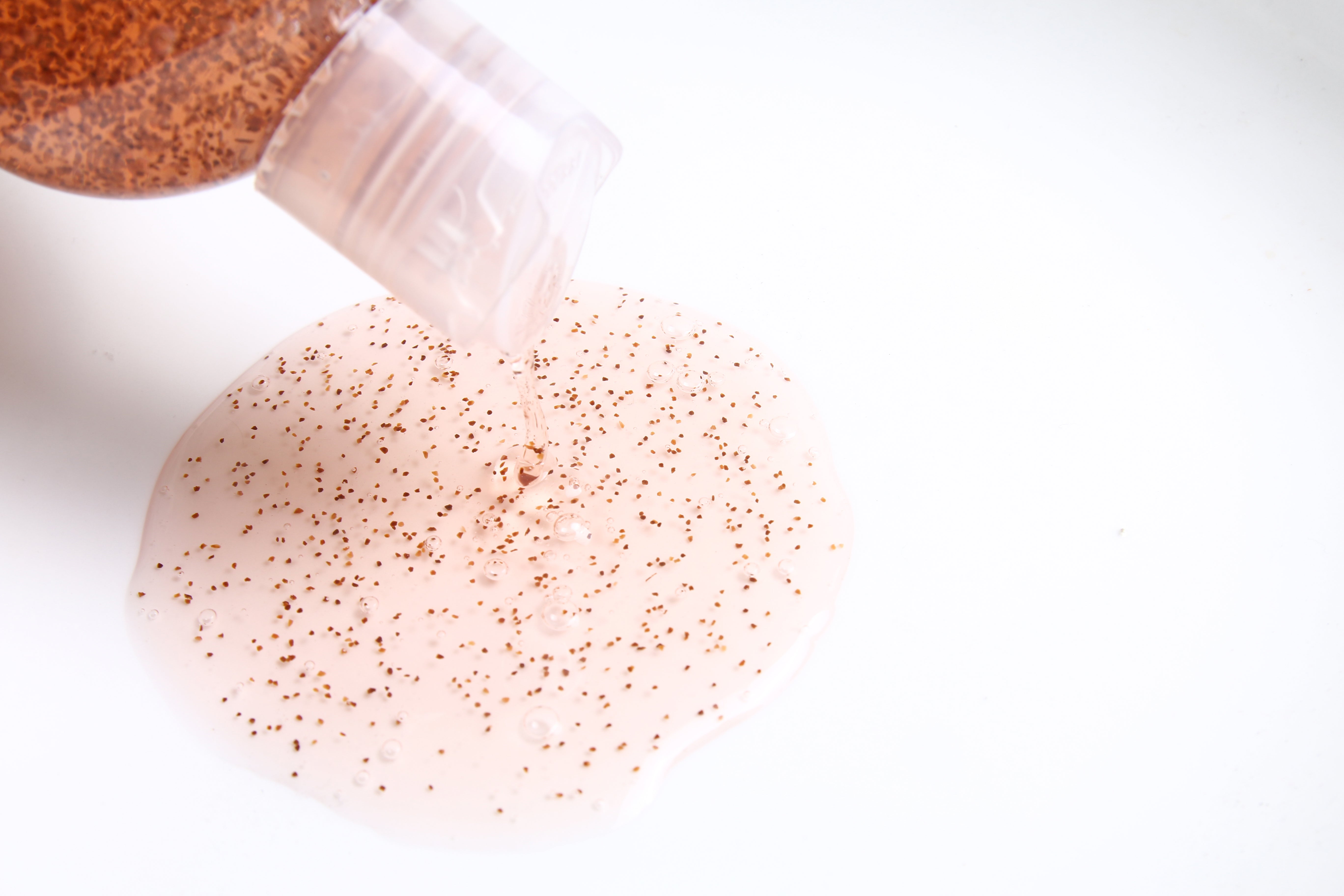
Party decor: balloons and glitter are significantly harmful to the environment. Plastic balloons are commonly used globally as a decor item that eventually ends up in the open waters of our ocean. Similar to plastic bags, marine life readily eats balloons due to their lightweight and thin materials. These balloons used for decoration and one-time use can have fatal effects on the animals that come into contact with them afterward. Glitter, a primary microplastic, is less than 5mm and easily ingested by marine life. Glitter may appear initially appealing, but using biodegradable or paper glitter is more eco-friendly. Limiting the single-use plastic decor is essential for maintaining a healthy ocean environment. Being mindful of the materials used and the potential consequences is crucial.
Packaging material: It is essential to support sustainable businesses that do not use unnecessary plastic in their shipping practices. Shipping material is used worldwide, and the online shopping boom intensely magnified the environmental effects. While it may be tedious to research the shipping materials businesses use, this will significantly affect the environment. Businesses across the globe should strive to create change and become more eco-friendly.
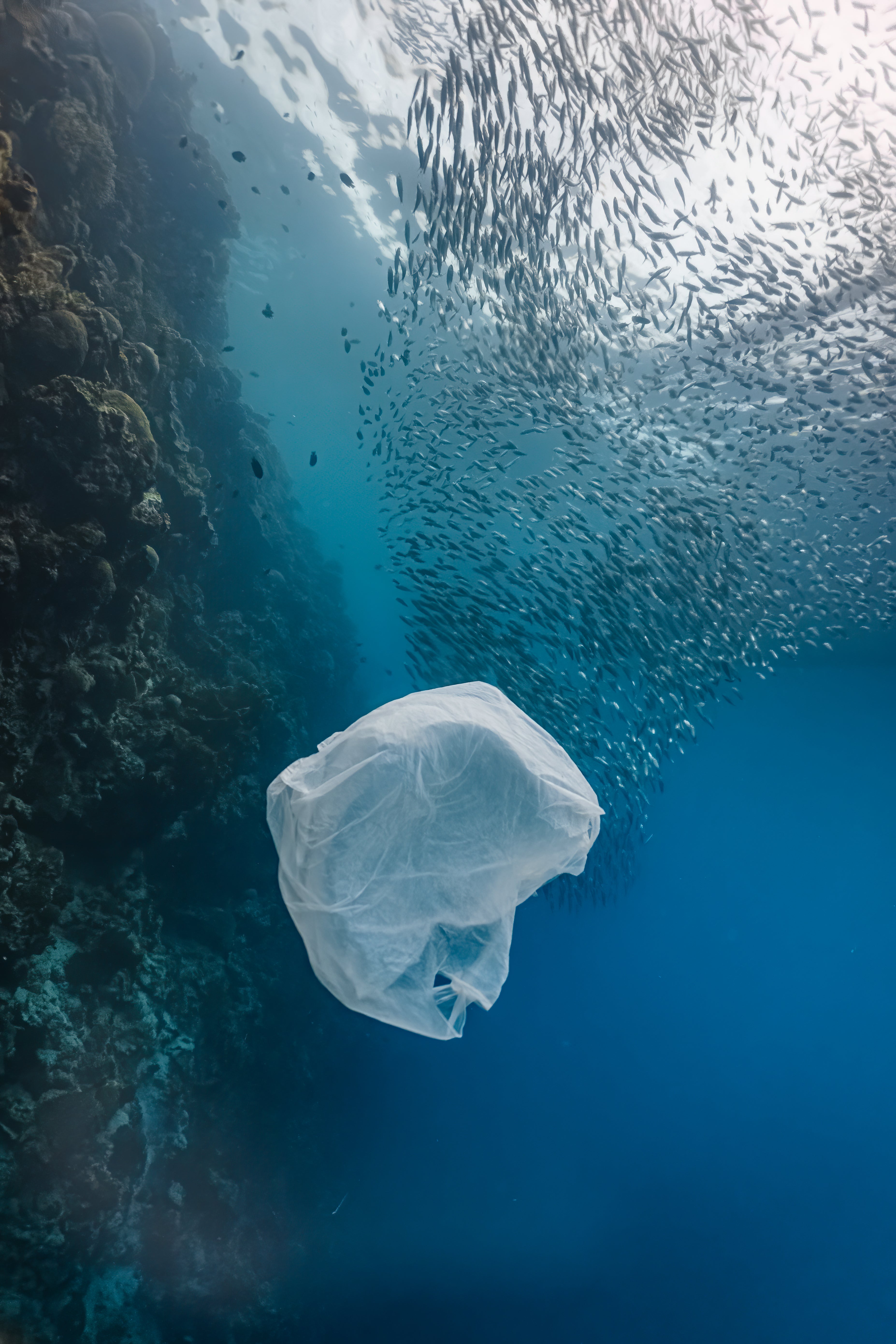
Single-use plastic has enormously harmful effects on the environment and marine life. Before using a single-use item, pause and ask yourself, is this necessary, or can I use an alternative item instead? There are many feasible alternatives to single-use items, and reducing single-use plastic consumption is imperative. Reusable items are essential in combating the oceanic plastic crisis, and we need your help. We can't save the ocean without your contribution. Holding yourself accountable for contributing to the oceanic plastic crisis is crucial in fighting this uphill battle. We have started the plastic neutral program that helps you combat the unavoidable single-use plastic consumption. Every time you buy a bracelet, you remove 5 pounds of plastic pollution from our oceans. Our mission is to end the oceanic plastic crisis and raise awareness about the detrimental effects of plastic pollution. Help us complete this mission and raise awareness. The plastic item you use one time can stay on this earth for up to 500 years and have fatal effects on organisms. Try to be aware of how many single-use items you use daily and how to reduce the amount. Our team at 4ocean is dedicated to ending the oceanic plastic crisis, but we need your help reducing the amount of plastic debris entering the ocean at the source. Lifestyle swaps, such as switching to reusable bags and cups, can tremendously benefit the environment. Don’t add a fatal plastic item that can last up to 500 years to the ocean just because someone else is. Be the change, be the voice. Plastic is not going away, but it can be reduced.
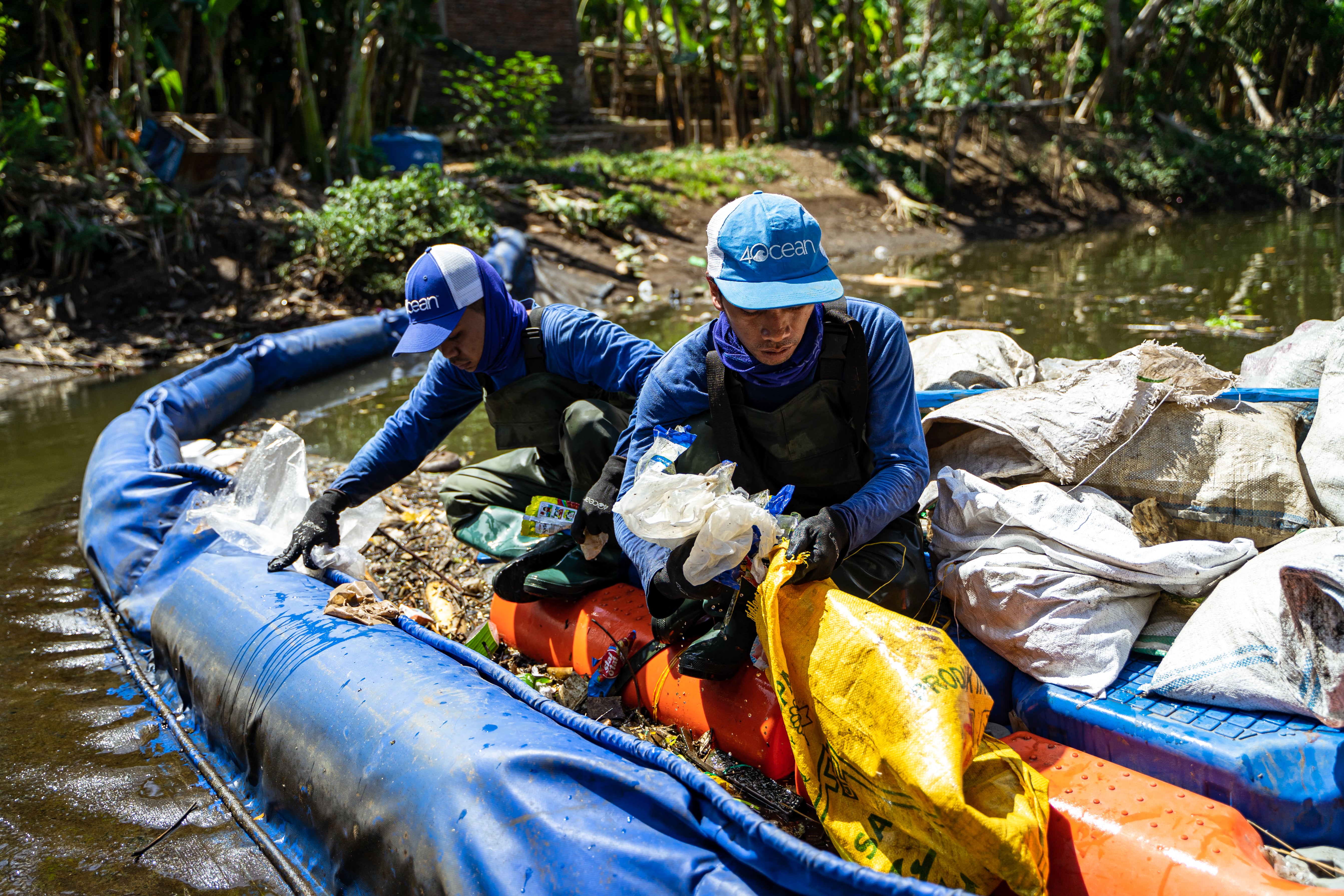
You May Also Like


Suffocating Seas: Plastic Pollution Poses Deadly Threat For Sea Turtles
